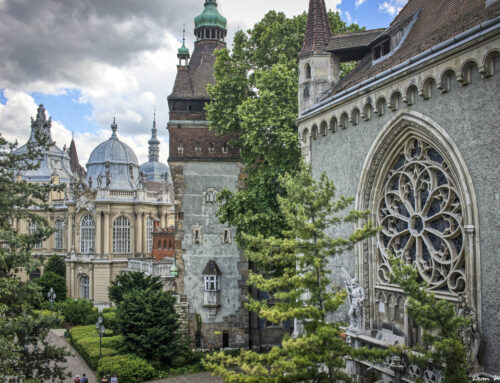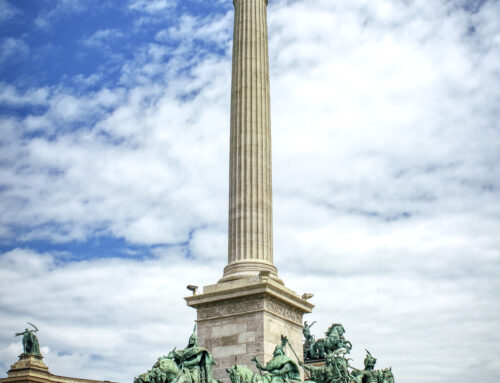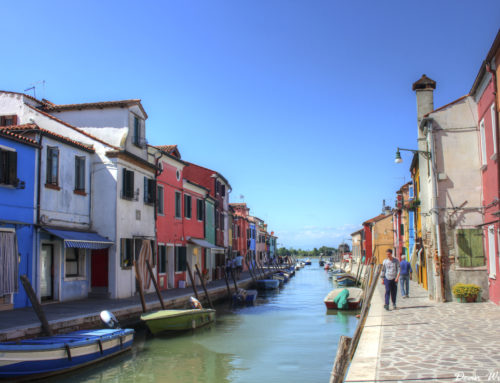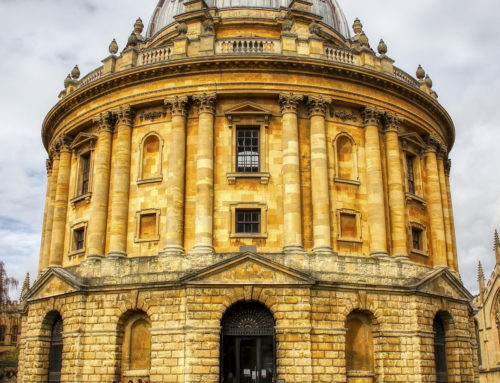This post may contain affiliate links. If you make a purchase by clicking on these links, I may earn a small commission at no extra cost to you. Read the disclaimer for more information.

If you’re planning on travelling to Siena on your tour of Italy, make sure to include a visit to it’s beautiful cathedral. The Duomo di Siena is a spectacular piece of Italian Gothic architecture. The interior is as beautiful if not more so than the exterior, and covered from floor to ceiling in amazing artwork. You can find art pieces inside Siena Cathedral by artists such as Michelangelo, Bernini and Donatello. This is my favourite church outside of Rome and is a “must see” in Siena.
History of Siena Cathedral

Construction of Siena Cathedral began in the 12th century and continued over several centuries, resulting in a blend of architectural styles, primarily Gothic.
The cathedral was built on the site of an earlier church, which itself was constructed upon the site of a Roman temple dedicated to Minerva. Construction of the cathedral began in 1196 under the direction of architect and sculptor Giovanni Pisano. The original plan called for a structure much larger than the cathedral we see today, with the intention of rivaling the grandeur of the Cathedral of Florence. However, due to various challenges, including the outbreak of the Black Death in the 14th century and political conflicts, the cathedral was never completed as originally envisioned.
One of the most striking features of Siena Cathedral is its façade, which showcases intricate marble carvings and sculptures. The lower part of the façade was completed in the 13th century in the Romanesque style, while the upper part was finished in the 14th century in the Gothic style. The façade is adorned with sculptures by various artists, including Giovanni Pisano and his father Nicola Pisano.
The interior of the cathedral is equally impressive, with its soaring columns, intricate mosaics, and stunning works of art. One of the highlights is the Piccolomini Library, which houses frescoes by the Renaissance artist Pinturicchio, depicting scenes from the life of Pope Pius II, who commissioned the library in the 15th century.

Another notable feature of Siena Cathedral is its marble pavement, which is a masterpiece of Italian Renaissance art. The pavement consists of 56 intricately designed panels created by various artists between the 14th and 16th centuries.

Despite being left incomplete, Siena Cathedral remains one of the most important religious and artistic landmarks in Italy.
How to visit Siena Cathedral
- Location: Siena Cathedral is situated in the heart of Siena’s historic centre, making it a focal point of the city’s architectural and cultural heritage. The exact address is Piazza del Duomo, 8, 53100 Siena SI, Italy.
- Getting There: The historic centre of Siena is pedestrian only, so walking is necessary for getting around. We drove and parked outside the historic centre and walked in. Here’s how to get there.
- By Train: Siena is well-connected to major cities in Italy, including Florence and Rome, by train. From the Siena train station, visitors can either walk to the cathedral (approximately 30 minutes) or take a bus or taxi.
- By Car: If traveling by car, there are parking facilities available near the historic centre of Siena. From there, visitors can explore the city on foot, including the cathedral.
- By Bus: Siena is also serviced by various bus routes, making it accessible from neighboring towns and cities.
- Opening Hours: The cathedral is typically open to visitors daily, with varying opening hours depending on the season. It’s advisable to check the official website for the most up-to-date opening hours before planning your visit.
- Tickets: Tourists and visitors wishing to explore the cathedral’s interior must purchase a ticket. These can be purchased at the cathedral entrance or online through the official website, where available. Tickets are currently €8 in high season. We purchased a combination ticket called the Opa Si Pass which gave us access to the Cathedral and all surrounding sites including the crypt and panoramic terrace (for the best views of Siena).
- Dress Code: As Siena Cathedral is a place of worship, visitors are expected to dress modestly. This typically means no shorts, short skirts, or bare shoulders. Wearing comfortable shoes is also advisable, especially if you plan to explore the cathedral’s interior, which features marble floors and stairs.
- Accessibility: The cathedral strives to be accessible to all visitors, including those with mobility challenges. However, due to its historic nature and architectural features, certain areas may have limited accessibility. It’s advisable to inquire about accessibility options in advance if needed.







The artowrk on the floor is extraordinary as is the great library with its historic hand drawn books. Great recommendation.
Hi Mark, I agree it was extraordinary. I was mesmerized the whole time I was in there. Thanks for the comment 🙂
[…] 13th century Siena Cathedral (Duomo di Siena) is architecturally beautiful and the artwork of the interior is stunning, […]
[…] the facade of an incomplete cathedral extension that was commissioned in the 14th century. The Siena Cathedral was meant to be extended to become the largest in Europe, but was abandoned in the late 14th […]